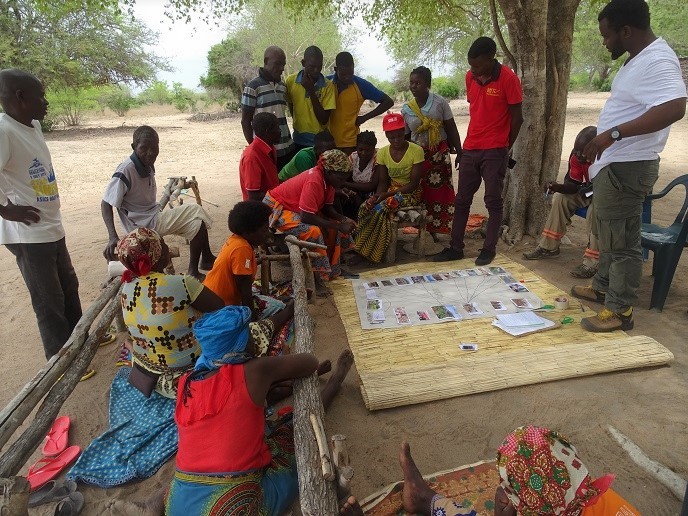Microbes and organic matter in arid soil
It is well known that organic soil amendments can be used to restore desertified or arid soils. However, little is known about how this process occurs, or which microorganisms play a role. As part of the EU-funded DYNOMIWAS project, researchers studied the dynamics of organic carbon and how it is metabolised by the microorganisms in arid soils. They treated soils with different organic amendments such as solid or liquid human municipal waste, and evaluated the effects on soils and microorganisms. They found increased carbon content, increased activity of hydrolytic and dehydrogenase enzymes, and changes to the function but not the diversity of microbial communities. DYNOMIWAS also investigated how carbon was sequestered into soil under the same conditions by using glucose or cellulose labelled with C13 (a radioactive isotope). Different microorganisms were responsible for metabolising glucose compared to cellulose, but in both cases only a small fraction of the community used the carbon. Overall, DYNOMIWAS contributed to our understanding of how microorganisms interact with organic matter in arid soils. This may prove important for the restoration of desertified or over-farmed ecosystems.
Keywords
Microbes, organic matter, arid soil, microorganisms, organic carbon, desertified, microbial communities







